If you're wondering why your diesel truck heater is blowing cold air, then you've come to the right place! We gathered significant information as to what could be wrong, and here is what we discovered.
These are the possible causes why your truck heater is blowing cold air:
- Low Coolant Level
- Stuck or Malfunctioning Thermostat
- Old Heater Core
- Broken Heating Controls
- Damaged Heater Valve
Keep reading as we elaborate on how these problems affect your car's heating system and how to troubleshoot them.
What Happens When You Have A Low Coolant Level?
Driving with low coolant levels might harm specific vehicle components, necessitating costly repairs. Here are a few potential consequences of driving with low coolant:
- The engine could overheat or seize up if there isn't enough coolant. Continuous operation of an overheated engine can result in lasting damage, such as the welding of the pistons to the cylinders.
- A blown head gasket on your engine block can occasionally be brought on by low coolant. If this occurs, you may see smoke coming from the engine or tailpipe, lose power, hear banging noises from the engine, or notice decreased efficiency.
- Some vehicles have safety features that immediately turn off the engine before it sustains serious damage, which can happen when coolant levels are low. Depending on where you are driving when the engine shuts off, this could save you from needing expensive repairs due to an overheated engine.
What Are The Signs That Your Engine Coolant Level Is Low?
You must become knowledgeable about the following signs of low coolant level as a driver:
- When you notice that your engine is using more fuel than it should, it is the first and most obvious sign that your coolant level has dropped. This is referred to as high fuel consumption or low fuel economy.
- The level of the coolant will eventually fall, as is normal. However, if you see that the coolant level is rapidly declining, there might be a problem with coolant leaking. Even if there may be a long list of other fluids in your car, this one could be one of the most crucial ones, such as the coolant or possibly the engine oil.
- You may occasionally notice that the radiator cap is not in excellent condition; in other words, it may begin to leak coolant, which is a sign that the cooling system is malfunctioning.
- If you notice that your car or truck smells sweet, it may be because the cooling system is leaking. The entire freeze often has a sweet fragrance. Of course, regardless of whether a strange smell is nice or harmful, you must take it seriously. Inhaling the entire frozen over an extended period could be exceedingly dangerous and result in health issues.
- The engine will continue to overheat if the cooling system isn't functioning properly until it reaches a very high temperature. Because of this, you should check your coolant level if you notice that the temperature gauge on the dashboard is rising rapidly.
- When you turn on the heat in your car, the coolant helps control how much hot air enters the cabin. You can notice hot air escaping from your car's A/C vents if the coolant level is low and the air conditioner is functioning.
How To Deal With Truck Low Coolant Level?
If you experience any of the aforementioned signs of a low coolant level, you must act promptly to avoid the issue becoming worse. Usually, you'll need to take the following actions:
- Not panicking is the most crucial thing to do when dealing with any automotive issue. If you're on a highway, you must take the closest exit to find a secure location to stop and pull over your car. However, if the situation becomes grave, you may begin to experience some serious overheating symptoms, which will necessitate stopping your car on the side of the road.
- Never open anything or touch the hood to inspect it. Give your car at least 15-30 minutes to cool down. After that, everything will be exceedingly hot, and there is a very strong likelihood that trying to open the cooling system may result in injury.
- Look around the car for any indications of coolant leaks. If so, it's possible you won't be able to drive the car, therefore you'll have to wait for the towing service.
- You can top the coolant and check to see if the issue is rectified and if there are no obvious symptoms of significant leaks. To avoid having to deal with these scenarios, keep some extra coolant in your car at all times.
- Call your mechanic and explain the situation if you have one. The person who knows your car best, your mechanic, will offer you clear directions on what to do next.
What To Do When Your Truck's Thermostat Is Malfunctioning?
A thermostat that is broken or jammed cannot regulate the radiator's coolant flow. Thus, the coolant will continue to circulate and remain cold in the radiator.
Don't merely replace your thermostat and top out the coolant reservoir if it malfunctions. It's alerting you to a more significant issue—also failing corrosion inhibitors in your coolant. Therefore, whenever you replace the thermostat, flush the system and add fresh coolant.
How Does An Old Heater Core Make Your Truck Blow Cold Air?
To understand this better, here is how your heater core affects the temperature of the air your truck blows:
- Imagine your heater core as a much more compact radiator that is located in your dashboard. The heater core absorbs the heat and disperses it through the vents of your truck when the coolant flows through the channels.
- They are narrow corridors. If you don't change your coolant, it can contain debris that corrodes or clogs certain tubes. Any warm coolant cannot enter via a blocked route.
- Your heater core tubes could be able to be flushed clean. You'll have to completely replace your heater core if that doesn't work.
How To Fix Your Truck's Broken Heating Control?
Simply put, it's possible that the heating system in your truck isn't being activated by the buttons, knobs, or haptic feedback touchscreens. Your heater might malfunction for a variety of reasons, including shorts, damaged dials, and problematic touchscreens.
To replace a faulty HVAC control, you can follow these steps:
Remove Dash Trim
The mounting brackets for parts like the radio and AC control module are hidden by the dash trim. With the plastic trim tools, this trim can sometimes be gently pried off of some cars. In other vehicles, the trim might be bolted in, necessitating the removal of the center console and lower dash panels.
Detach Mounting Bolts & Electric Connectors
These bolts should be visible after the dash trim cover has been removed. Don't pull out the unit just yet! While removing the connectors, support the AC control module. Make a note of where each connector goes before setting it aside.
Position New AC Module & Connect Cables
Make that the replacement AC control module matches the one that was removed by first taking a look at it. To connect the electrical connections, slightly slide the AC control unit into its slot.
Slide the AC control module the remaining distance into the dash once the cables are all connected.
Reinstall Mounting Bolts & Trim
All of the mounting bolts will now be loosely installed. These can be tightened after everything is set up and the control module is positioned correctly. The dash trim cover can now be put back in place. Depending on how it was removed, either bolt it in or make sure it clips back in place securely.
Test the AC's Functionality
Start the car, adjust the temperature to the lowest level, and turn on the air conditioning. The AC should start up and perform as intended. The chosen vents should release air, and the airflow should be consistent across each vent.
How To Diagnose Damaged Heater Valve?
To identify the issue, let your car run for around 10 minutes with the heat on. The heating valve can then be found after that. It is often located on the firewall behind the engine.
Carefully touch the hoses that are on either side of the valve. If the heater side hose is chilly while the engine side hose is hot, the heater valve is broken.
Final Words
There are several reasons why your truck heater is blowing cold air. This can be because of a low coolant level, an old heater core, broken heating valves and controls, or a malfunctioning thermostat.
It is best to let your trusted mechanic check the problem to diagnose what exactly caused this problem.
Before you go, check out these other articles to learn more:

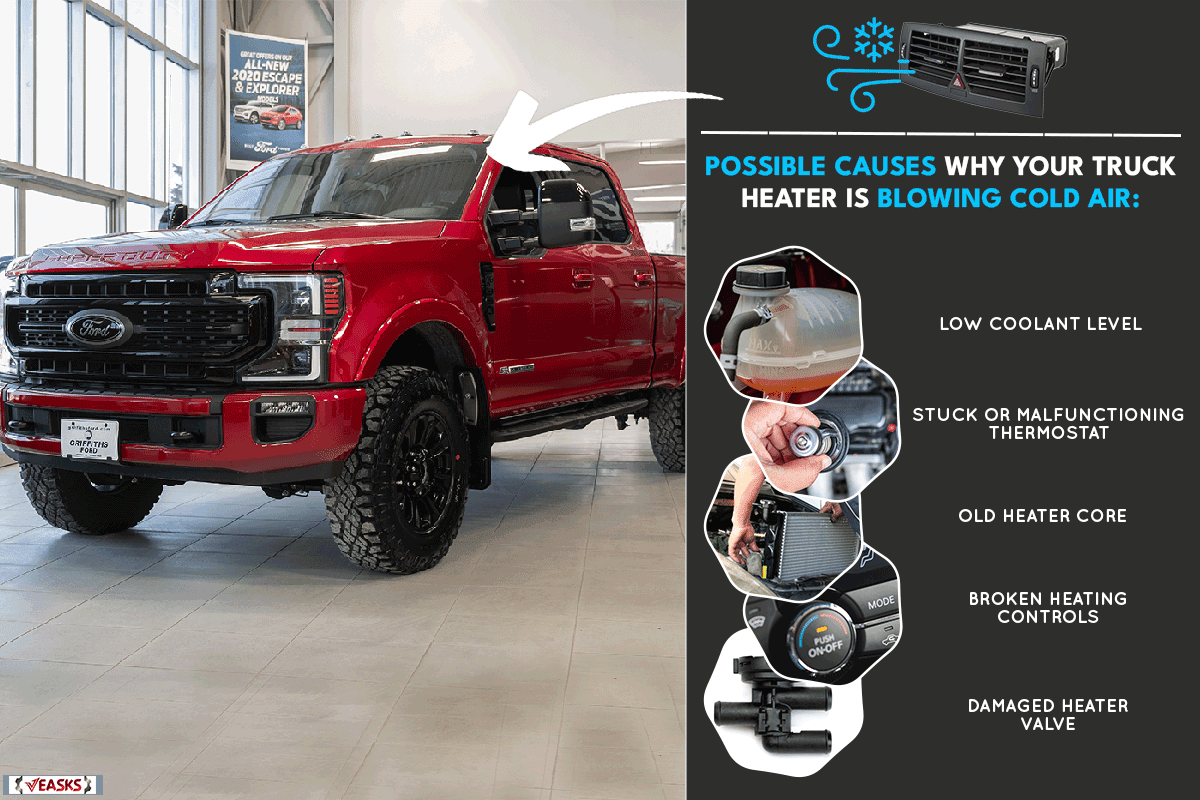
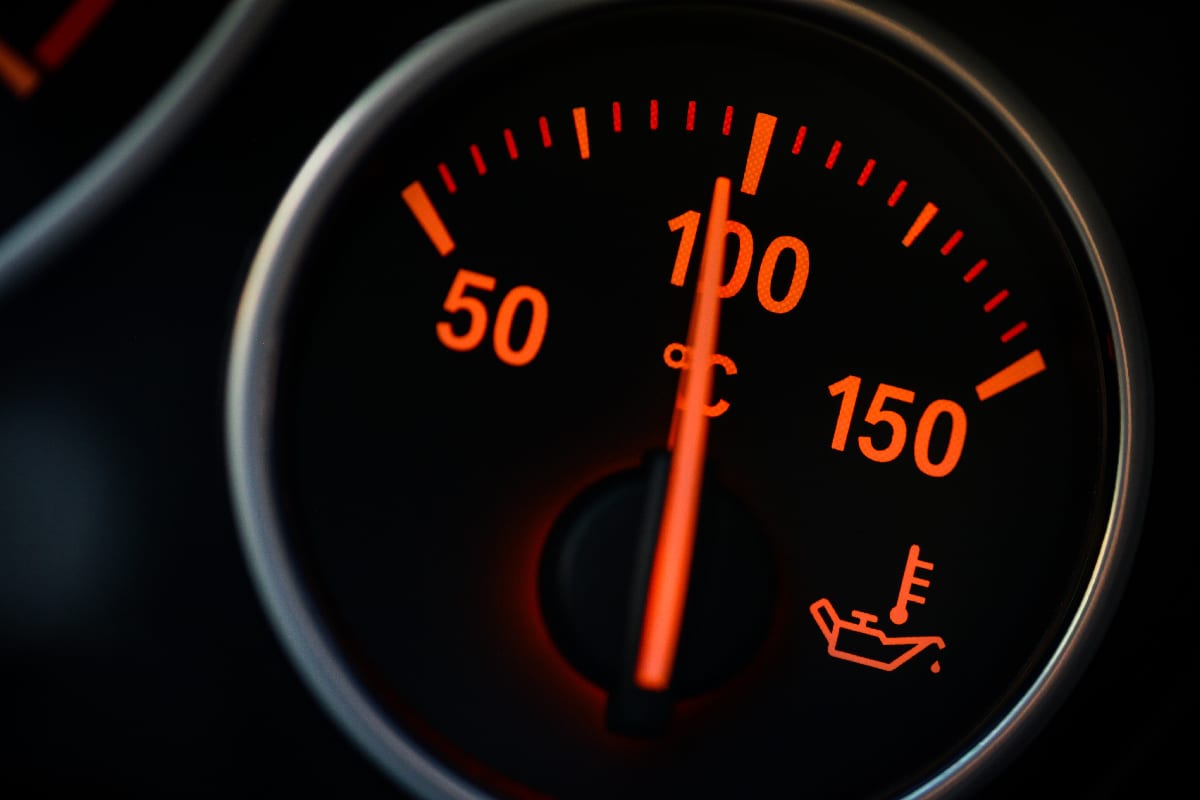
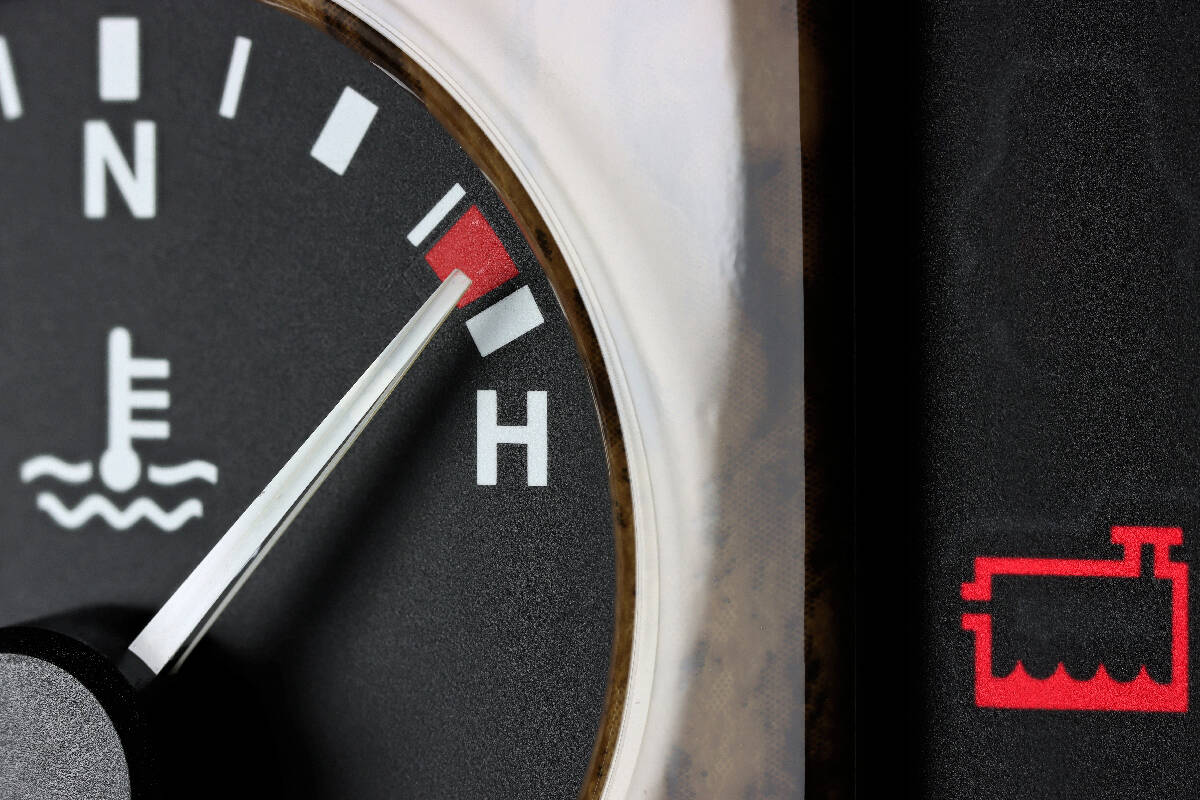
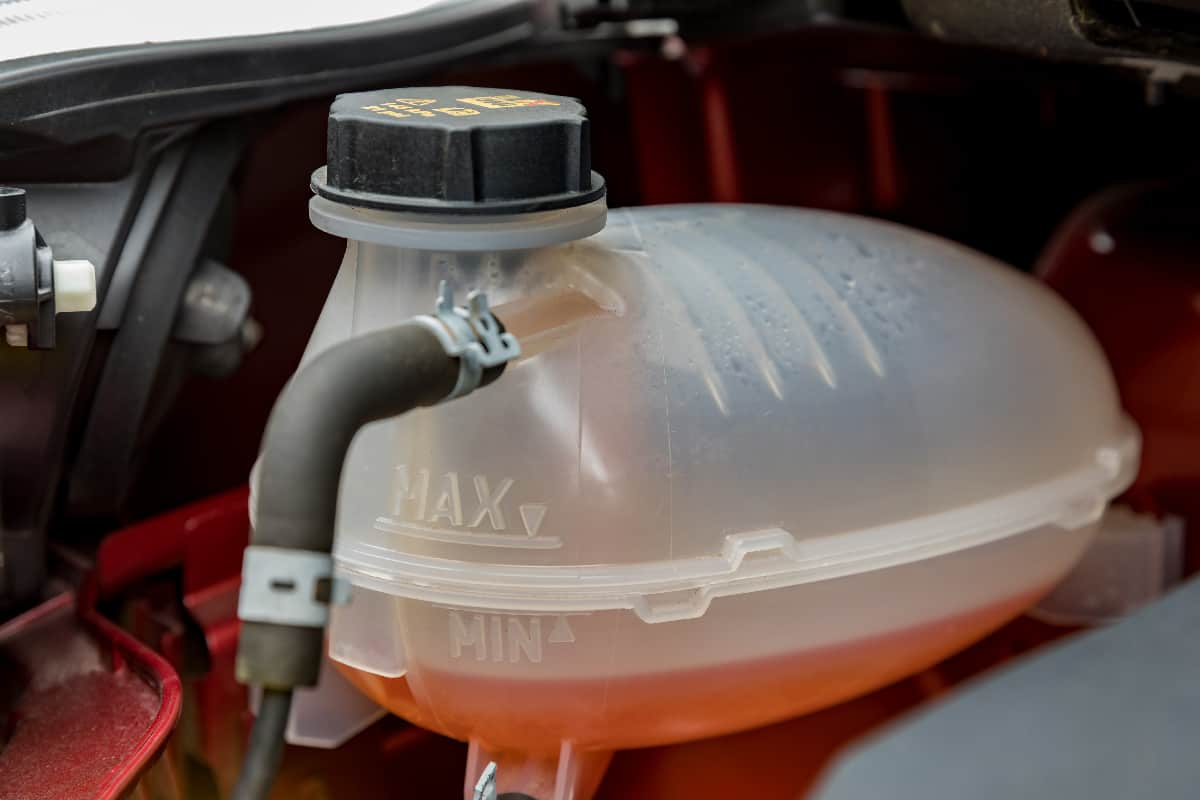
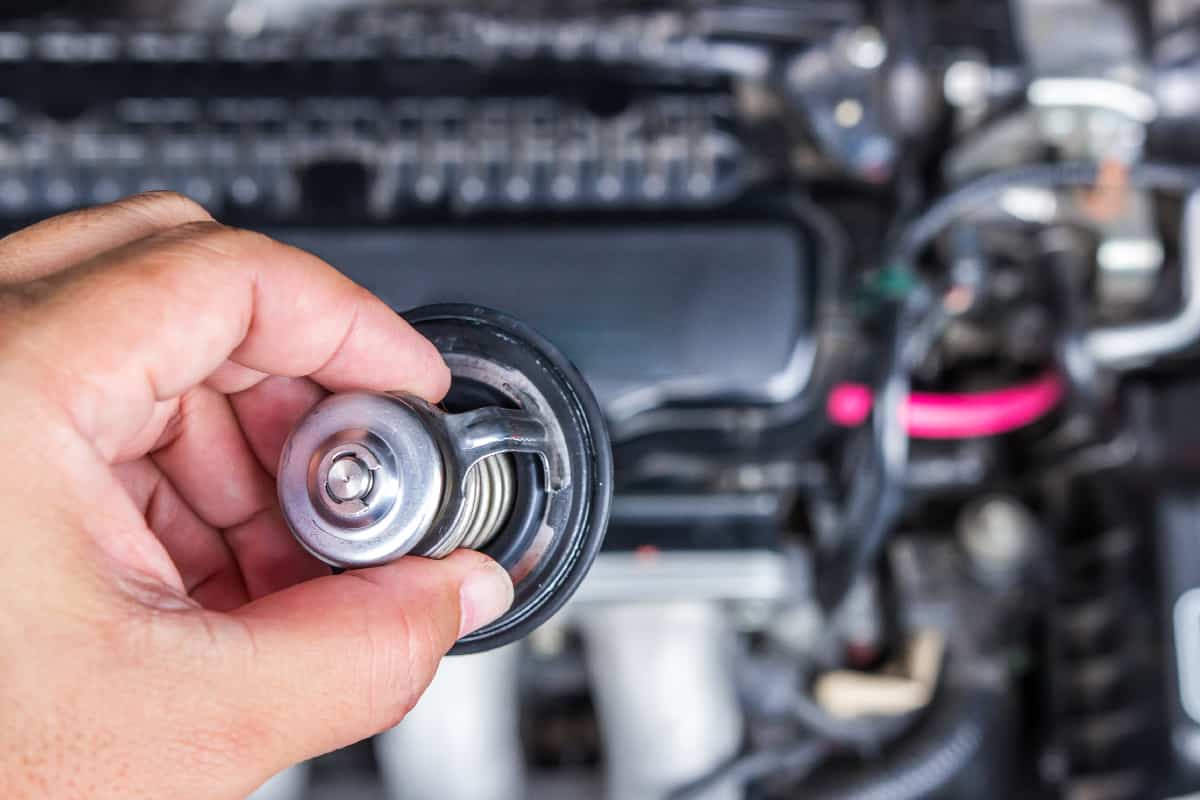
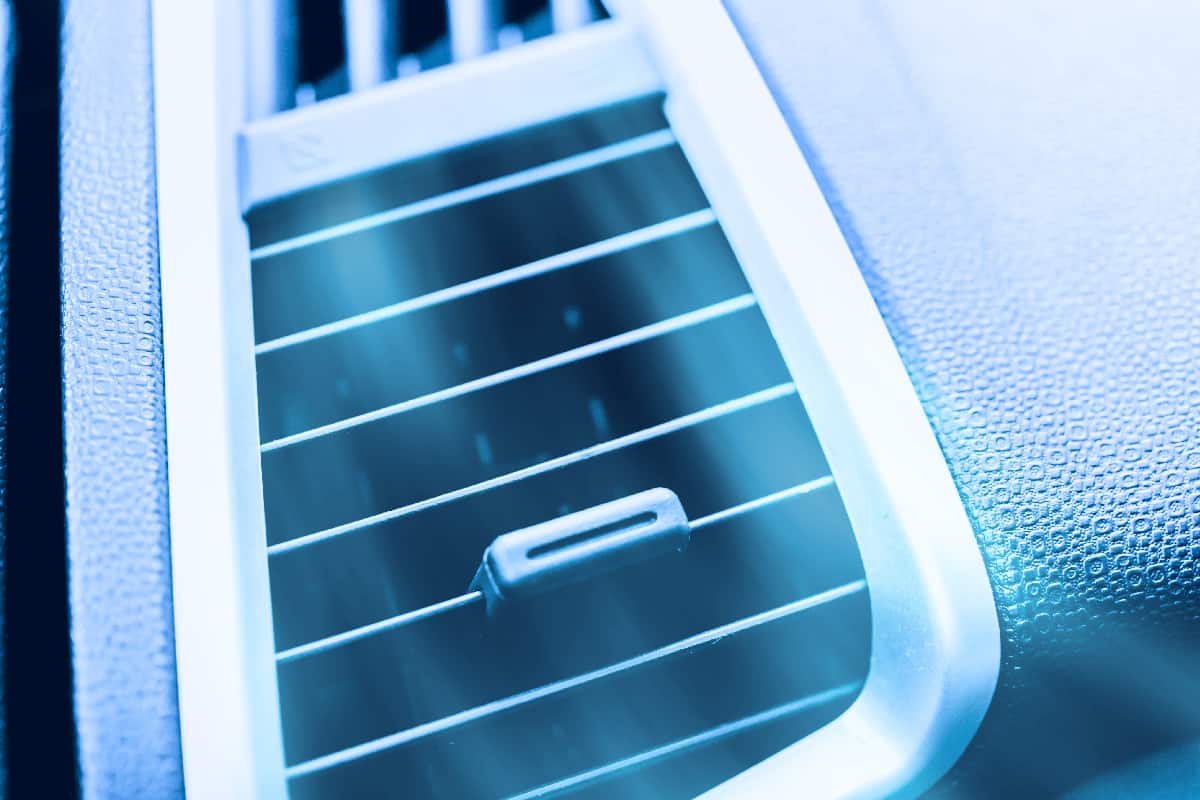
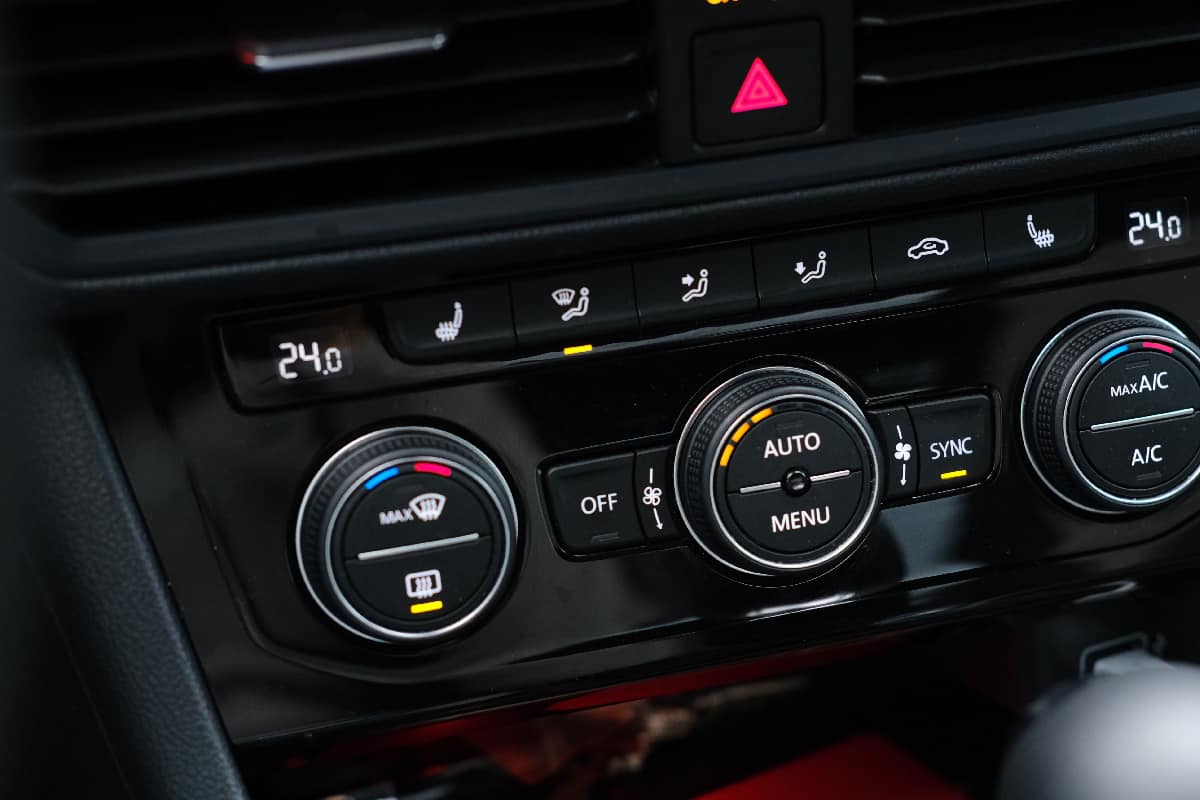
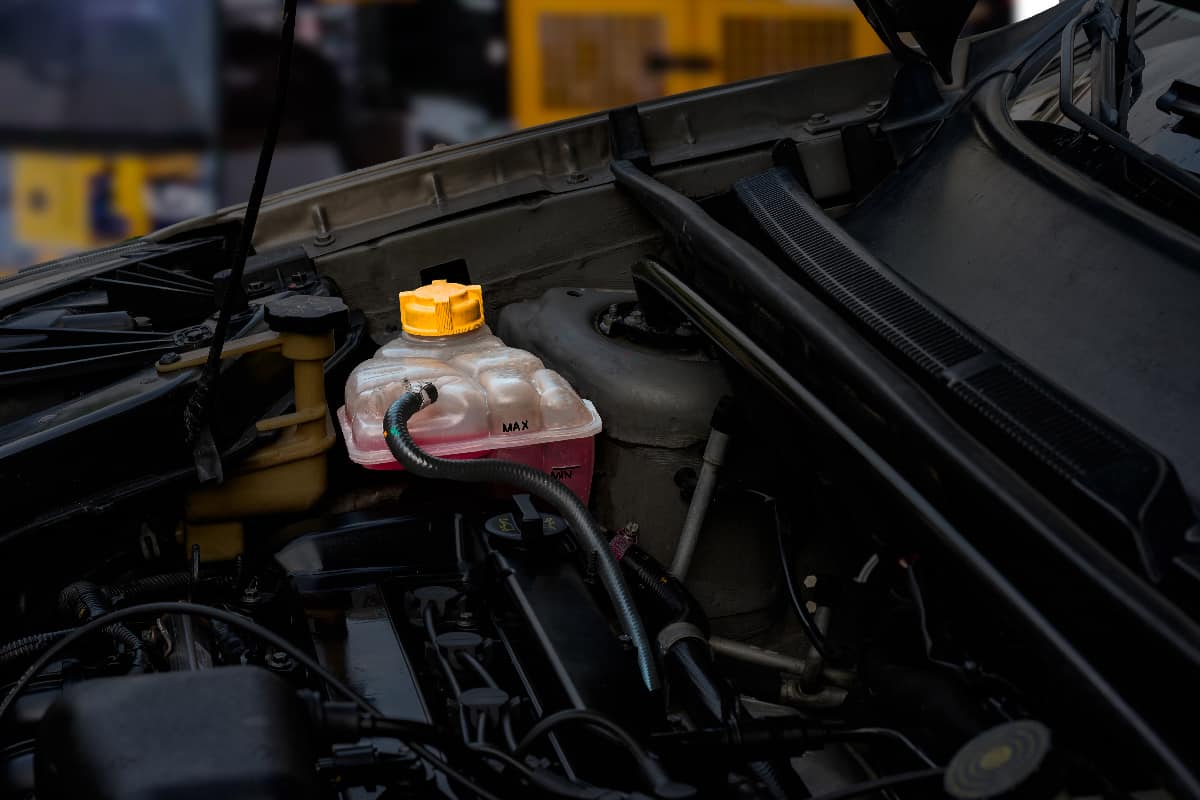

![Portrait of middle aged bearded truck driver standing by the truck and showing his commercial driver license. Focus on CDL license. Truck driving school and job openings, Do You Need A CDL To Drive A Box Truck [By State]](https://veasks.com/wp-content/uploads/2022/11/PORTRA1-600x400.jpg)
